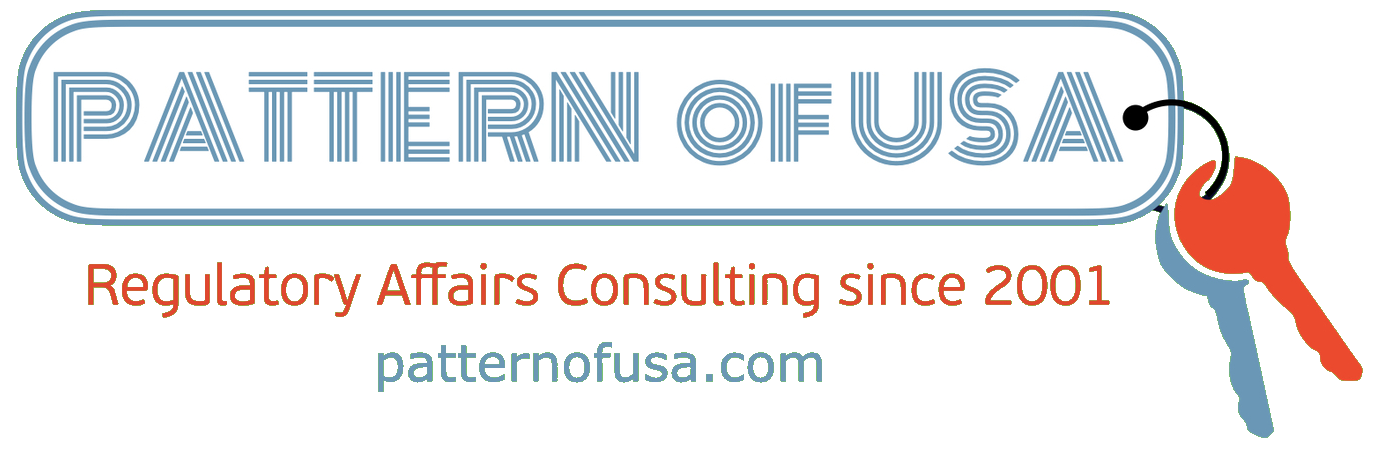Procedure: Randomized Labeling for CRO
Country: Global Procedure
Version #: 01/05/2024
Author: Vlad Reznikov
Editor: Daria Kostiuchenko
ID: GP-PhR-RND-SR
Category: Pharmaceuticals/MD&IVD
Validity: Upon request
Certified by: Vlad Reznikov
Copyright: Pattern of USA Inc.
SUMMARY
In drug development conducted by Contract Research Organizations (CROs), randomized labeling involves the assignment of unique codes or labels to investigational drug products in a random manner. This randomization process is crucial in clinical trials to ensure the blinding of treatment assignments, reducing bias, and maintaining the integrity of the study.
Randomized labeling helps achieve blinding, where neither the participants nor the researchers know which treatment group a subject belongs to. This blinding is essential for unbiased assessment of the drug’s efficacy and safety. By randomly assigning labels to investigational products, CROs can minimize potential biases and ensure that each treatment group is comparable, enhancing the validity of study results. The randomization process ensures that the allocation of participants to different treatment groups is based on chance rather than any systematic factors, promoting the generalizability of study findings. In cases where emergency unblinding is necessary, predefined code-breaking procedures SOPs are typically established to maintain the confidentiality and integrity of the trial.
Randomized labeling aligns with regulatory standards and Good Clinical Practice (GCP) guidelines, ensuring that clinical trials are conducted ethically and with scientific rigor.

Must-Have Requirements, Recognized Standards, and Certifications:
- Product Quantity and Information
- Storage Conditions
Nice-to-have:
Applicable Label dimensions
Typical Gaps and Deficiencies: Unverified information
Implementation Period: Immediately
Deliverables: Blind-Randomized Labels in PDF, Procedure Description, Emergency Code Breaking Procedures
PHASE | TASK | TASK | START | DURATION | Fee | KPI | ||
NUMBER | TITLE | OWNER | W/M/Q/Y | in weeks | 3rd Party | Service | State | |
0 | In-house Pre-Submission Activity | |||||||
0.1 | NDA signing or validation | Executor | week 1 | 1 | ||||
0.2 | Contract Closing | MAH | week 1 | 1 | ||||
0.3 | SOW is approved by MAH | Executor | week 2 | 1 | ||||
0.4 | Invoice is sent to MAH and paid | Executor | week 2 | 1 | POP | |||
I | Blind-Randomized Labeling | |||||||
I.1 | Input information forwarding to Executor | MAH | week 3 | 1 | ||||
I.2 | Assembling relevant NRA information | Executor | week 4 | 1 | ||||
I.3 | General and clinical information review | Executor | week 4 | 1 | ||||
I.4 | Blind-Randomized Labeling development | Executor | week 5 | 1 | Labeling | |||
I.5 | Optional Label Printing and shipping | Executor | week 6 | 1 | Shipment | |||
F | Final Phase In-house Post-Authorization Activity | |||||||
F.1 | Service Acceptance Certificate signing | MAH | week 7 | 1 | ||||
F.2 | Final Invoice | Executor | week 7 | 1 | ||||
F.3 | Final Payment | MAH | week 7 | 1 | ||||
F.4 | Contract Termination | Executor | week 7 | 1 | ||||
F.5 | Archiving and limiting access | Executor | week 8 | 1 | Archiving |
Feel free to submit a Request for Proposal (RFP) for a specific country or territory to info@patternofusa.com
